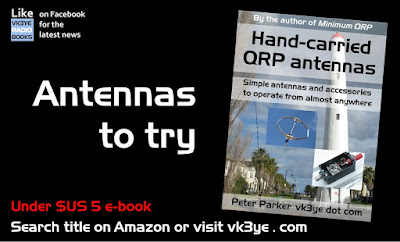A high dipole (more than about 1/2 wavelength up) gives a low radiation angle, good for DX. A low dipole pushes more radiation at high angles. While not so good for DX, high angles may be just what you need for close-in contacts on bands like 80 and 40 metres. Its radiation pattern is bidirectional. Like a figure 8 with maximum radiation broadside to the wire.
You can make a dipole from wire, or, especially for VHF and UHF, solid tubing. It can be erected horizontally or vertically, depending on the desired polarisation. And if you run out of room or only have one tall mast, it can droop down from the centre, forming an inverted-vee. Or, with two non-metal end-masts it could droop down and even bend in at the ends to save space to form a shallow inverted-U.
Anyway enough from me, here's some great dipole links to peruse.
Antenna Here is a Dipole All the basics here in this great ARRL article (PDF)
Feeding Dipole Antennas Part 2 of the above from the ARRL (PDF)
Your first antenna - the half wave dipole A dipole starter from the RSGB
Optimising a coax fed half wave dipole Solid know-how from VK2OMD
Making and using a simple 40m dipole Popular David Casler YouTube video
Build a dipole from information in the above and you can't go wrong!
PS: Dipoles (and many other antennas) are covered in Hand-carried QRP Antennas. Available in electronic and paperback form (some countries) this well-reviewed book is a popular read amongst hams who go portable.





No comments:
Post a Comment